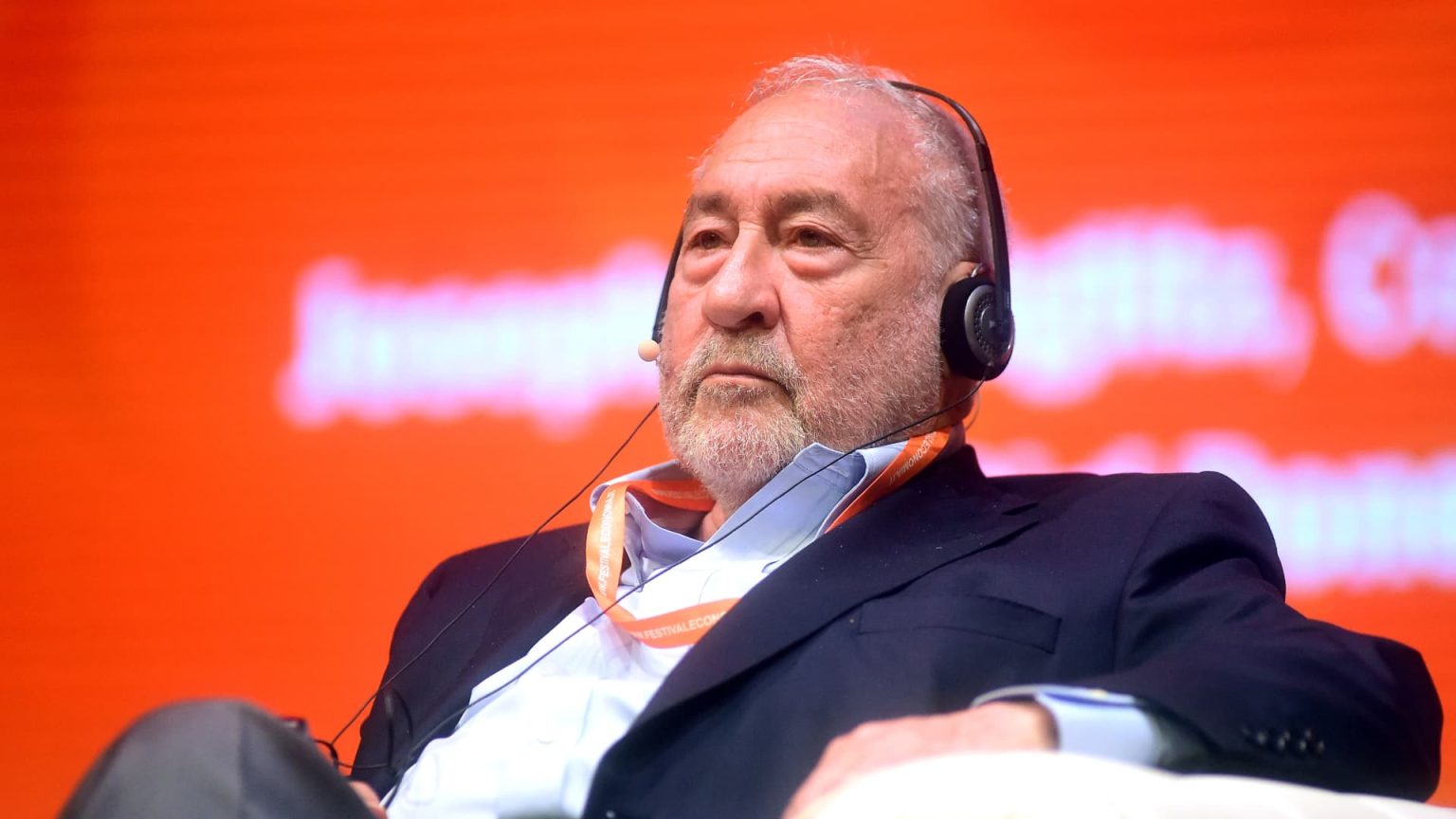Nobel Prize-winning economist Joseph Stiglitz has called for the Federal Reserve to deliver a half-point interest rate cut at its forthcoming meeting, criticizing the U.S. central bank for tightening monetary policy too quickly and exacerbating the inflation problem. Stiglitz emphasizes the importance of normalizing interest rates but believes the Fed went too far by keeping rates near zero for such an extended period since 2008. He argues that the Fed’s actions have contributed to inflation by hindering the housing market, which is a significant source of inflation. Stiglitz believes a larger rate cut would address both inflation and job growth issues more effectively.
Stiglitz’s comments come ahead of the release of U.S. job data, which investors are anticipating to gauge the potential size of an expected rate cut this month. While predictions have suggested a 25-basis-point rate cut is likely, there is also growing speculation for a 50-basis-point reduction. Stiglitz, along with other economists, advocates for a more substantial rate cut to address underlying economic challenges and spur growth. He argues that the Fed’s current benchmark borrowing rate is too high, and a more significant cut would help stimulate the economy.
Market participants have increasingly priced in a rate cut at the Fed’s next policy-setting meeting, with bets for a half-point reduction rising after the release of the Job Openings and Labor Turnover Survey (JOLTS) showing a decrease in U.S. job openings. Traders are currently predicting a 59% chance of a 25-basis-point rate cut and a 41% chance of a 50-basis-point rate reduction in September. This shift in expectations reflects the growing consensus for a larger rate cut to address weaknesses in the labor market and support economic growth.
Not all economists agree on the necessity of a significant interest rate cut this month. George Lagarias, chief economist at Forvis Mazars, advocates for a quarter-point reduction, citing a lack of urgency for a 50-basis-point cut. Lagarias expresses concerns that a larger cut could send a message of panic to the markets and have unintended consequences. He believes that unless there is a specific event or market disruption, a smaller rate cut is sufficient to support the economy without causing unnecessary disruption or instability.
Overall, the debate over the size of the potential rate cut at the Fed’s upcoming meeting reflects differing opinions among economists and market analysts. While some, like Stiglitz, argue for a more significant reduction to address inflation and job market challenges, others, like Lagarias, advocate for a more conservative approach to avoid potential market turmoil. The decision of the Federal Reserve on the extent of the rate cut will ultimately depend on various economic factors and indicators, as well as the broader goals of maintaining stability and promoting growth in the U.S. economy.













